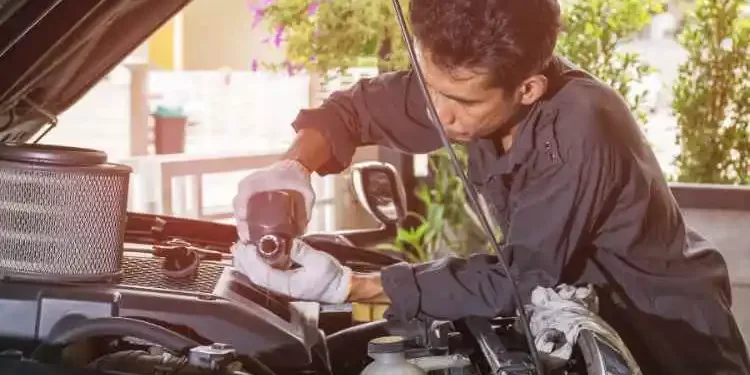An anti-seize compound is a type of lubricant designed to reduce friction between metal parts and prevent corrosion. It offers support beyond the performance of other lubricants, stopping critical fasteners from seizing under pressure and at high temperatures. If you work in the automotive industry, you should know this product’s types, applications, and qualities.
What Are the Grades of Anti-Seize?
For automotive applications, there are several grades of metal-based lubricants:
- Nickel grade is a premium lubricant applied to metal fittings exposed to excessively high temperatures. It offers protection from galling, seizure, corrosion, and rust in up to 2,600-degree environments.
- Copper grade combines several extreme pressure additives with copper flake and graphite. It protects parts in temperatures up to 1,800 degrees but is not applicable for jobs that prohibit copper.
- Zinc grade protects aluminum components to prevent seizure or damage during assembly or disassembly.
Nonmetallic compounds are also available for metal surfaces exposed to high humidity and salt environments where metal is more likely to rust. However, these are more commonly used on machinery in marine environments.
What Are the Typical Applications of Anti-Seize Lubricant?
Mechanics and manufacturers use nickel and copper-grade lubricants on several parts and systems requiring automotive fasteners. New spark plugs can seize or become challenging to remove without proper care. Brake caliper bolts need more robust lubricants to prevent damage during high-temperature exposure.
Other typical applications include:
- Exhaust systems, where rust is common and preventable
- Wheel studs, making it easier to change rims and tires
- Suspension components, such as tie rods and ball joints, stressed due to high-temperature exposure
Using a compound to stop rust or corrosion makes repairs easier for mechanics and reduces labor costs for vehicle owners.
When Not To Use It
You should always use anti-seize compounds in moderation to prevent damage and seizure. However, it is not a solution for cross-threaded or damaged components. It is also not applicable on threads for mechanical assembly or bushing press and will not work on caliper slide pins. Avoid this type of lubricant on exposed threads where it can attract elements that may cause more damage.
What Are the Benefits of Using Anti-Seize Compounds on Automotive Fasteners?
There are many benefits to using more potent compounds for automotive applications:
- Preventing water and chemical damages
- Protecting parts from ammonia, acids, and acetylene
- Preventing fasteners from galling during assembly
- Reducing the friction on press fits and stainless steel threads commonly used in automotive assembly
- Easing the process of dismantling components and preventing damage during disassembly
You can also use more potent compounds for parts made of dissimilar metals, such as aluminum brake calipers using steel bolts. Applying these lubricants is usually straightforward. Most come in a spray can or require a brush application. Some come with a convenient brush attached to the container.
Where Can You Find High-Quality Anti-Seize for Automotive Fasteners?
ROGO Fastener offers American-made products whenever possible, supplying consumers and mechanics with top-tier fasteners and tools. Their focus on building lasting customer relationships makes buying straightforward and effective. For lubricants you can trust, check out their anti-seize compounds.
